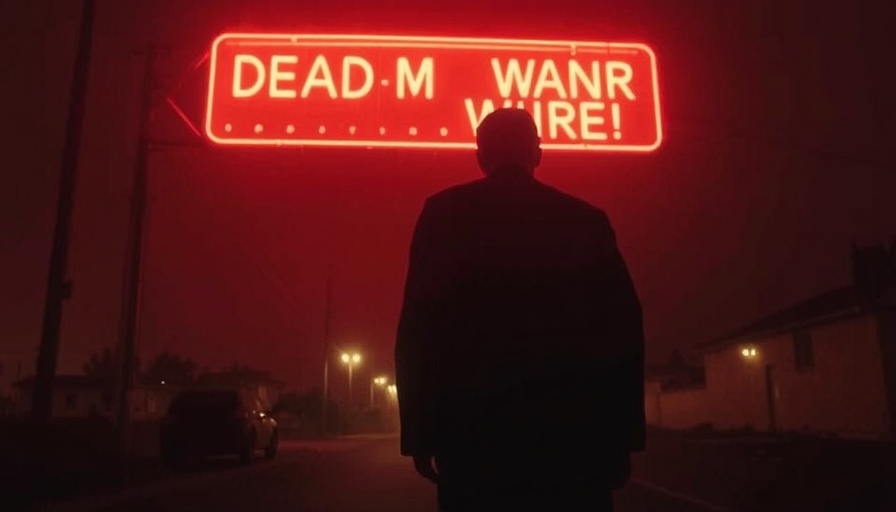
A Rock Band's Tour Interrupted: The Detention of Yamal Said
In an alarming incident that underscores the complexities of U.S. immigration policy, Yamal Said, the drummer of the Texas-based rock band Lord Buffalo, was forcibly removed from a flight destined for Europe. His detention by U.S. Customs and Border Protection appears to have profound implications not only for the band—who have since canceled their scheduled European tour—but also raises vital questions about the treatment of immigrant musicians.
The Backstory: Cultural Contributions of Musicians Like Said
Said is a Mexican citizen who has lived in Austin, Texas, since the 1980s, contributing significantly to the local music scene as both a performer and an educator. His dedication as a music instructor for the Texas School for the Blind and his past experience with other bands highlight the invaluable cultural assets immigrant musicians present. As digital nomads who often find inspiration in diverse cultures around the world, it’s vital to recognize how immigration policy can impact the collaborative spirit of the arts.
The Broader Impact: America's Current Immigration Climate
This situation reflects a worrying trend seen in recent years, especially under the Trump administration's stricter immigration policies. Many artists and musicians have faced unnecessary barriers when attempting to travel or perform. Historic musicians, like members of the British punk band UK Subs, experienced similar challenges when they were denied entry into the U.S., showcasing a pattern that artists across genres continue to encounter.
Societal Implications: The Intersection of Art and Immigration
In a globalized world, the freedom to travel and share art should be fundamental. Orsak:Oslo, a band scheduled to tour with Lord Buffalo, expressed solidarity by stating, “No one should be pulled off a plane and jailed for simply trying to travel and make art with their band.” This sentiment resonates deeply with the digital nomad community, emphasizing the importance of unimpeded artistic expression across borders.
Legal Challenges Ahead: Navigating Immigration Law
As Lord Buffalo’s remaining members work with legal representation to secure Said's release, the case highlights the complexities in navigating U.S. immigration law. For digital nomads, understanding potential pitfalls is crucial. A proactive stance, involving legal foresight and knowledge, can prepare them for unexpected legal challenges while traveling or relocating.
Moving Forward: Resilience in the Face of Adversity
As Lord Buffalo redirects its focus towards securing Said's safety, the situation lays bare the intersection of music and the reality of immigration policies. Each story of an artist like Said is a powerful reminder of the delicate balance between creativity and legal barriers that must be addressed.
For those immersed in digital nomadism or the arts, this incident serves as a rallying cry for awareness and advocacy surrounding immigrants in creative fields. Let’s remind ourselves of the joyous, boundary-defying nature of art, and continue supporting those who strive to share their creations.
Take Action: Support Musicians Facing Immigration Challenges
As the community unites behind Yamal Said and others facing similar situations, consider seeking out advocacy groups that support immigrant artists. Engaging with music communities can provide not only artistic enrichment but also empower those whose voices matter. It’s more than music; it's about humanity and policy. Stand in solidarity with the artists who cross borders for their craft.
 Add Row
Add Row  Add
Add 




Write A Comment